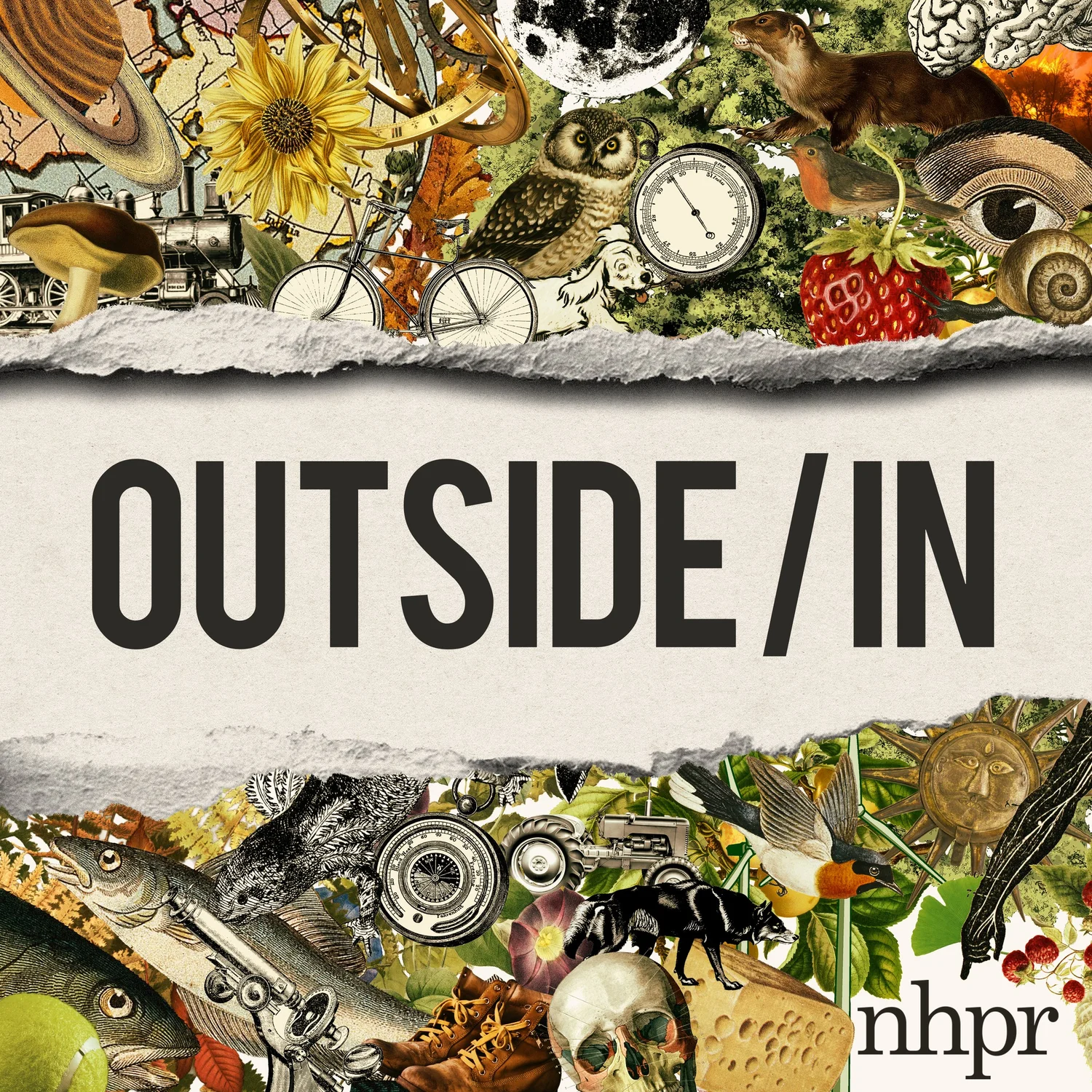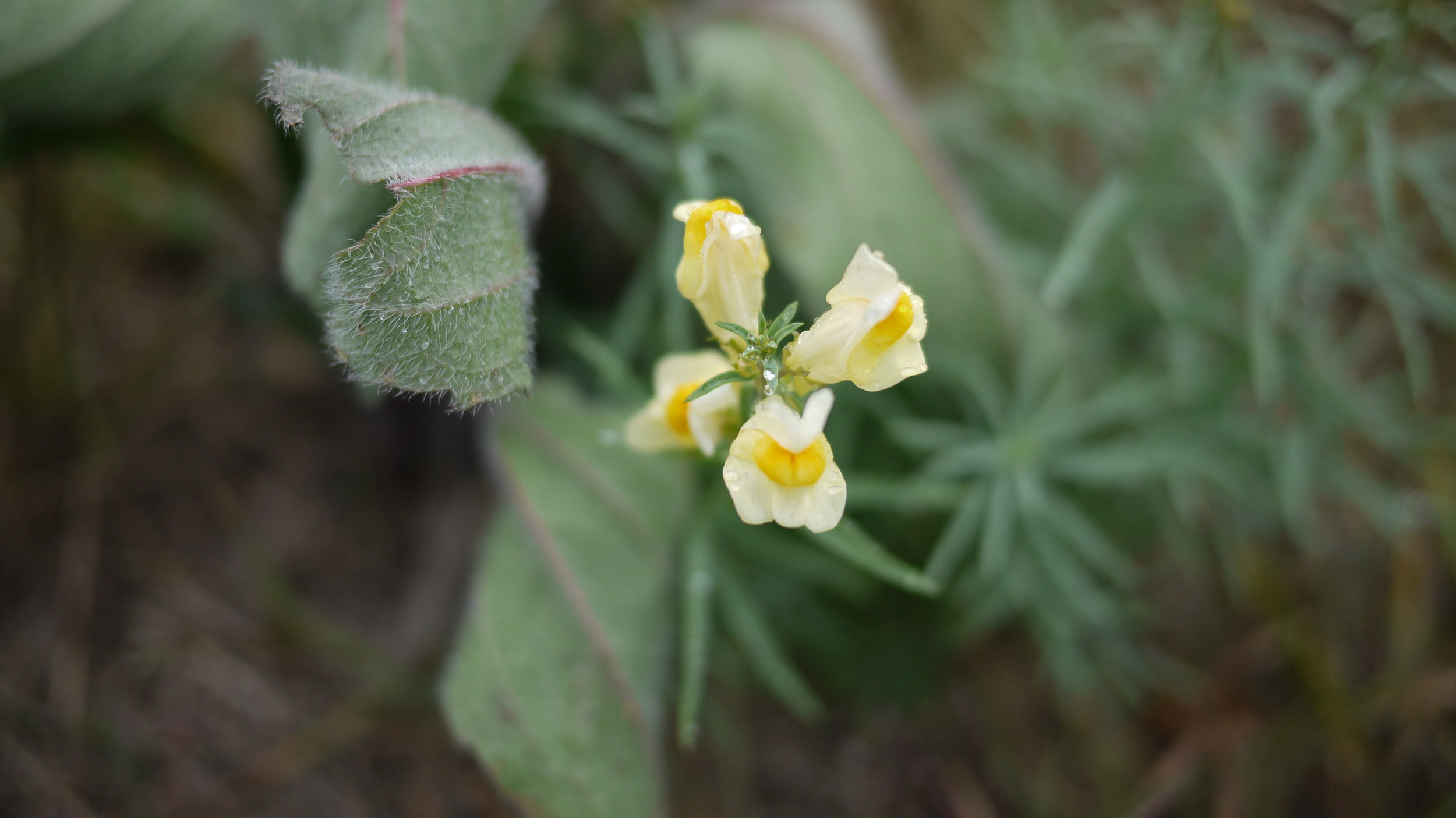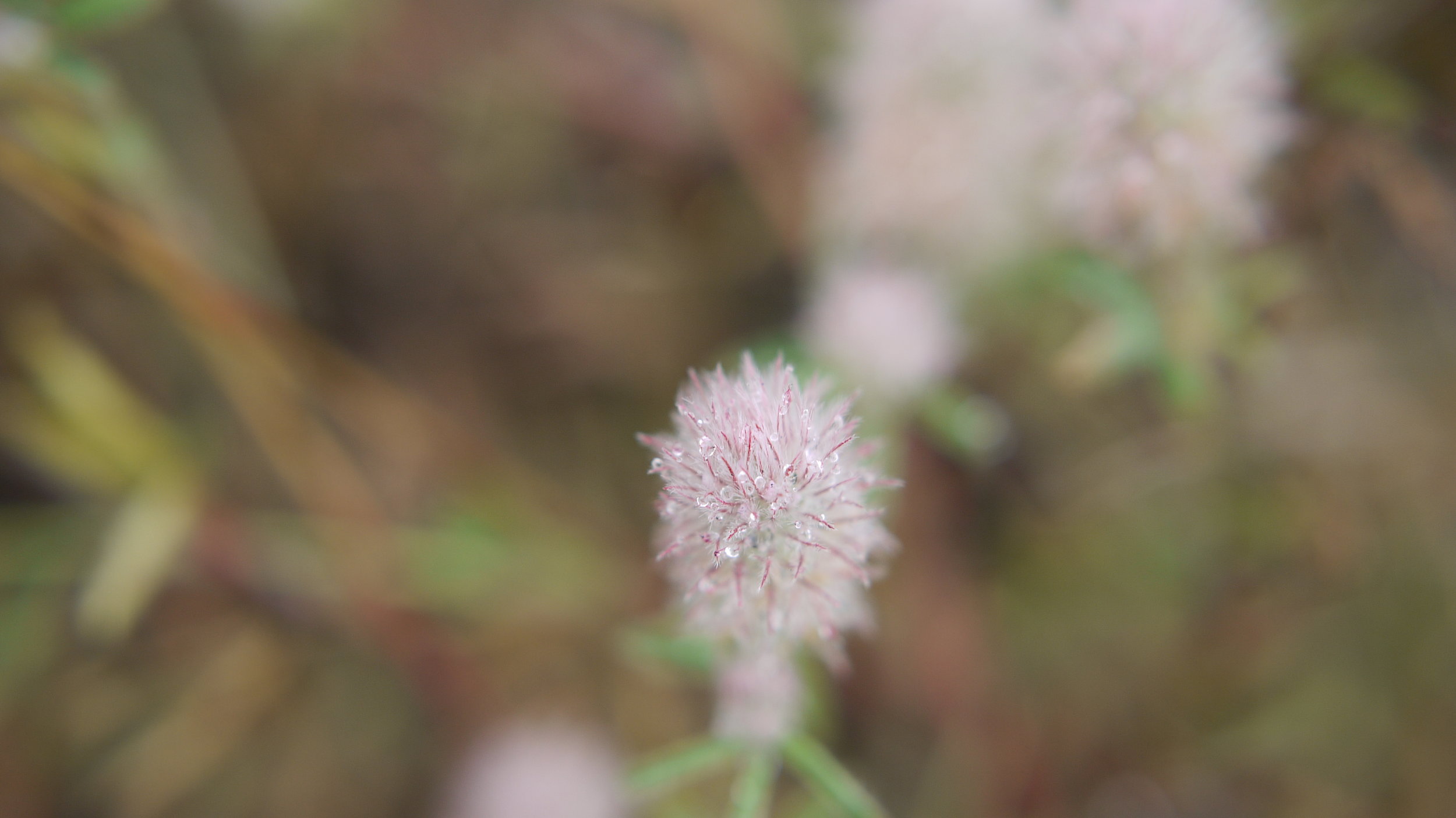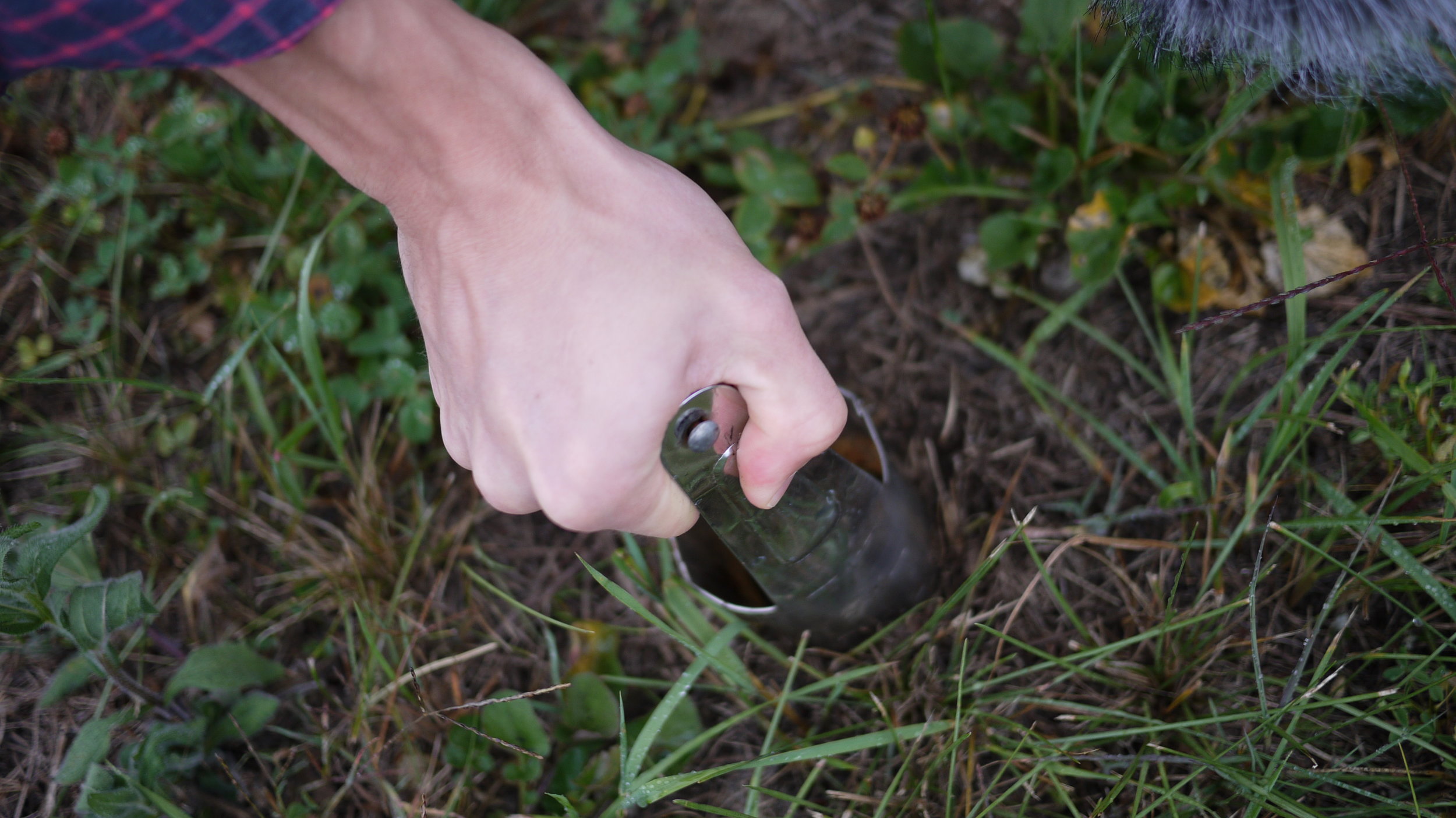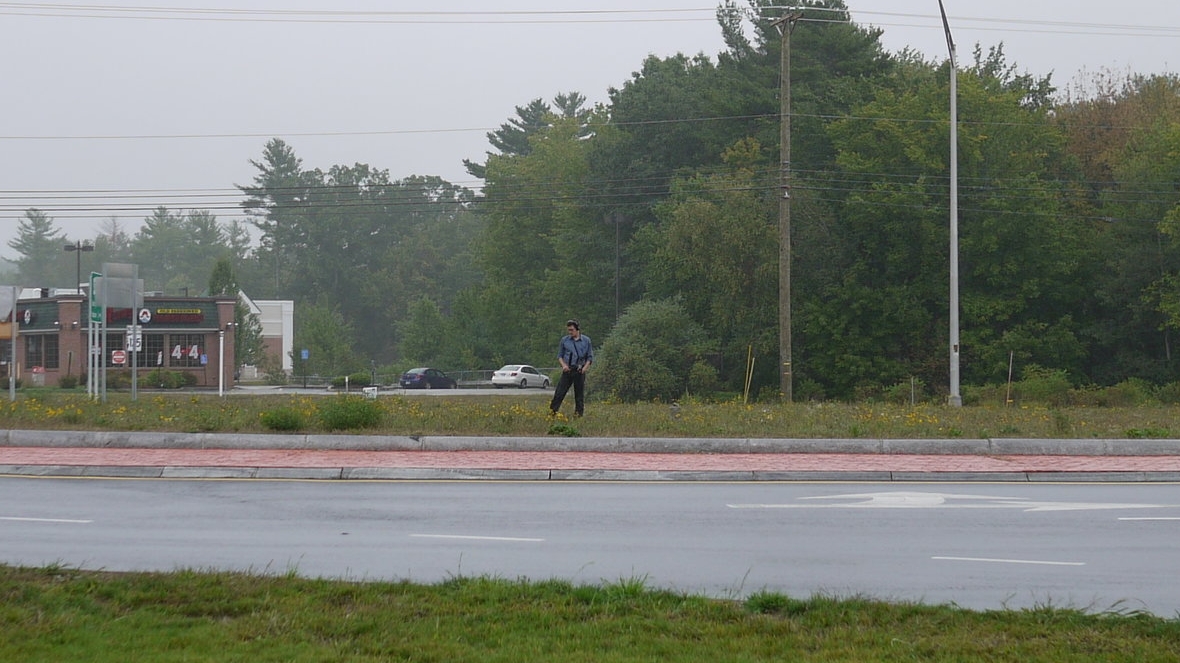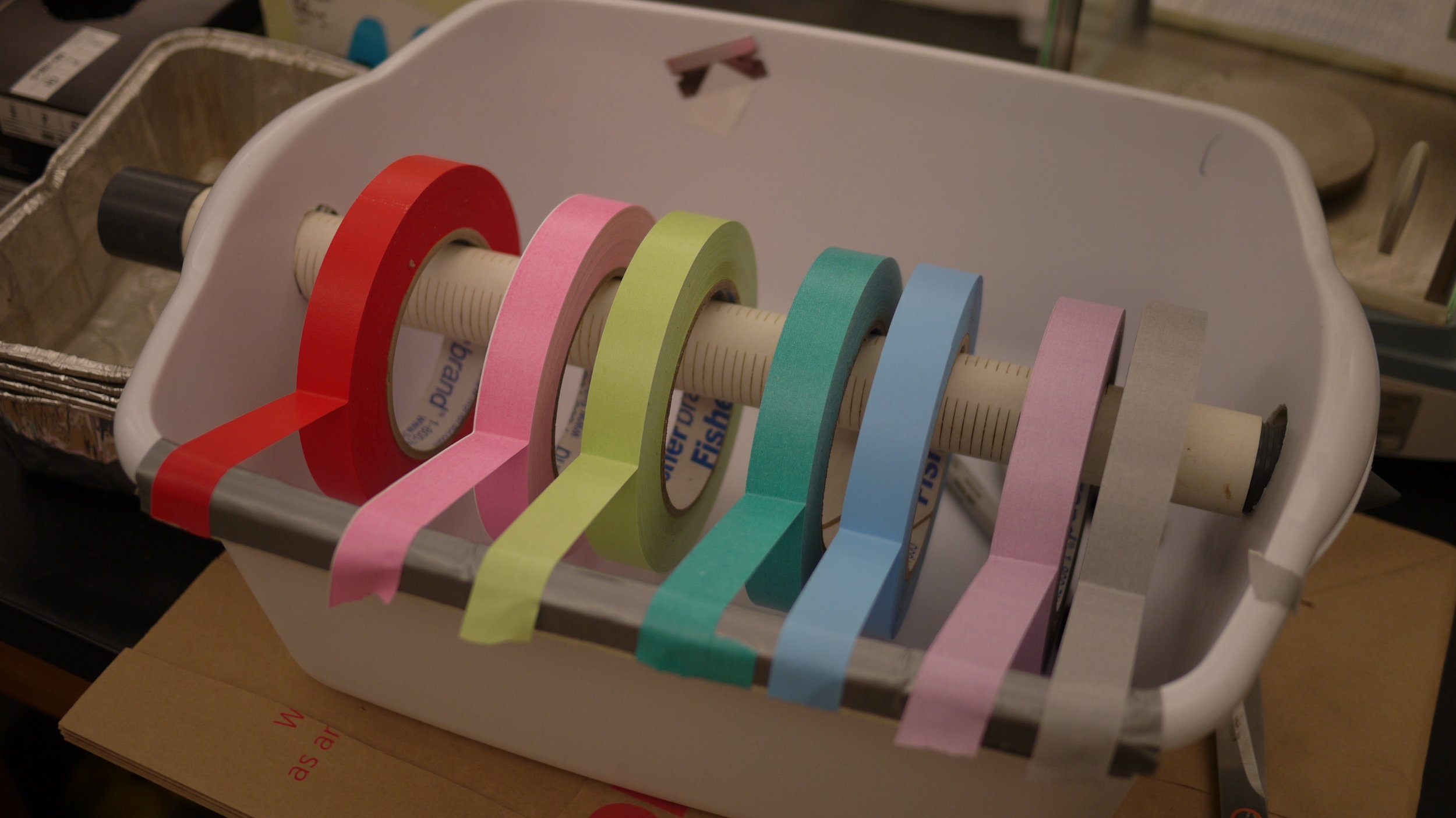10x10: Traffic Circle
In our series, 10X10, we take you on a journey to a 10X10 plot and uncover the secrets in spaces you’d never think to look. This time, we look for signs of extraordinary life, at the center of a traffic circle.
Two busy lanes of traffic curve around a median of weedy grass, and highways stretch out in four different directions. A McDonald's squats on one corner, a Wendy’s on the opposite side. And in the middle, what appears to be the world’s least interesting island, and our subject today.
It’s easy to be ho-hum about spaces like these, but if you look closely, you’ll discover that this ordinary traffic circle has the structure of a shortgrass prairie, more than twenty higher plant species, and a hidden world containing billions of microbes.
Screen capture from google.maps
We took two biologists, separately, to this traffic circle in Lee, New Hampshire. The first, botany professor Tom Lee of the University of New Hampshire started counting plants as soon as we hopped over the curb. In all, he was able to identify more than 20 species of plants, including weeds, broad-leaf herbs—what you’d probably think of as ‘wildflowers’—and even some edible greens.
“This is a species called Wintercress,” Tom said. “It’s not native, but it has these rather succulent fleshy leaves that I believe you can put in a salad.” Of course the traffic circle isn’t exactly a farmer’s market. “I wouldn’t put these in a salad,” Tom added.
Of the species Tom identified on the traffic circle, only a handful are technically native to the area. He guesses that only six or seven of them were intentionally planted and the rest somehow crossed two lanes of traffic, all on their own.
“Some of them blew in on the wind,” Lee says. “The fleabanes and the dandelions have those little parachutes that carry them in on a breeze. But then there are seeds like those of the evening primrose, just small barrel-type things. My guess is they were carried on the bodies of vehicles on a rainy day, with some mud splattered up on the side, driving through here they hit a puddle, and the seeds are washed off and sent flying into the center of the circle where they germinate and grow.”
Underneath the surface of the traffic circle, another, smaller ecosystem is bubbling with activity. Nematodes are roundworms, and many of them are smaller than an eyelash and soils are teeming with them. “We know now that every phylum, ever major group of life above ground, is much reduced below ground,” says Dianna Wall, a nematode expert and biology professor at Colorado University, “It’s still represented in the soil, but it’s going to be at a much smaller size.”
We wanted to know just how active the traffic circle soil is, so we asked UNH soil microbiologist Serita Frey to come take a sample. She bolted across the lanes of traffic with us and took out a tulip-bulb planter, and twisted it into the soil. “Normally,” Serita tells us, “in a handful of garden variety soil you would have in the order of two-hundred billion organisms in the soil.” The soil here is crumbly and dry, which is not a good sign, given that many soil organisms are technically aquatic animals–but according to Dianna Wall, microorganisms are a hearty bunch.
“You can put them under liquid nitrogen,” She says, “you can put them in a freezer. You can keep them on a shelf for sixty years…and then you bring them back into the lab and say ‘hey, here’s some water’ and you watch them come back to life.”
Back at Serita’s lab, we seal the soil in mason jars and let them sit for three days. Because—just like us—microorganisms exhale carbon dioxide, and you can measure how much biological activity there is by studying how much CO2 has accumulated in the jars.
For the sake of comparison, Serita has also brought a sample of soil from her husband’s garden, and incredibly, we discover that the soil from the traffic circle has significantly more biological activity.
Serita admits “I was not expecting that.” She points out that in order to do a proper measurement, we’d have to take more samples. Still, the fact that the traffic circle, clearly the underdog in this exercise, had come out on top is a perfect illustration of our point: there’s a lot going on in these overlooked places.
And for the most part that life is still a complete mystery to us.
“Soil is considered one of the most diverse habitats on the planet,” Serita says, “even more diverse than a rainforest in terms of the organisms that live there and the complexity of these relationships that we’re talking about. Tens of thousands of species in a handful of soil…and less than one to ten percent of those are known to science. We know that there are many species we just don’t know who they are and what they’re doing.”
So next time you’re driving on a boring stretch of highway, and you round a dusty, patch of overgrown grass, remember that those plants may have hitchhiked for miles on the mudflaps of tractor trailers to get there. Remember that there in the dirt there are billions of tiny organisms, predators and prey, that have never been named by science.
Outside/In was produced this week by:
Taylor Quimby and Sam Evans-Brown with help from Logan Shannon, Maureen McMurray, Molly Donahue and Jimmy Gutierrez.
Special thanks this week to our UNH experts Tom Lee and Serita Frey, for being willing to run across two lanes of traffic for this story. Serita’s crew is actually doing a DNA analysis of our soil microbes - but that’s not something you can do in just a couple days, so we’ll let you know what we find out once they get results back. Also, if you’re interested in learning the difference between roundabouts and traffic circles - go to RoundaboutsUSA.com. Quick primer - it apparently has something to do with Yield at Entry, Deflection, and “Flare”.
If you’ve got a question for our Ask Sam hotline, give us a call! We’re always looking for rabbit holes to dive down into. Leave us a voicemail at: 1-603-223-2448. Don’t forget to leave a number so we can call you back.
Our theme music is by Breakmaster Cylinder.
This week’s episode featured tracks from Podington Bear and Ikimashoo Aoi. Check out the Free Music Archive for more tracks from these artists.
